There are 240 years since one of the biggest volcanic eruptions in Iceland’s history began. On 8th of June, 1783, by the mountain Laki, southwest of Vatnajökull in Vestur-Skaftafellssýsla. The eruption happened on a 25 km long series of craters, the Laki craters, with about 135 craters. The eruption lasted eight months.
The Skaftáreldar lava field is the second largest in historical time where the total volume of the lava is about 13 km³ and its area covers 580 km² of land. The lava actually has two names, the western part is called Eldhraun, while the eastern part is called Brunahraun. Laki craters were declared to be preserved in 1971, and are now a part of Vatnajökull National Park.
Ash and volcanic fumes caused a thick haze to spread over Iceland, the haze later spread over Europe, North America and East Asia. Heavy pollution accompanied the haze, livestock fell in great numbers, which in turn led to famine not only here, but all over the Northern Hemisphere. These were the Móðuharðindi (mist hardships), the greatest disasters that have befallen Icelanders before that time and ever since. About 20% of the population died in the Móðuharðindi. It was only a few lifespans ago. Will we get another eruption like this soon? It is up to the whims of nature.
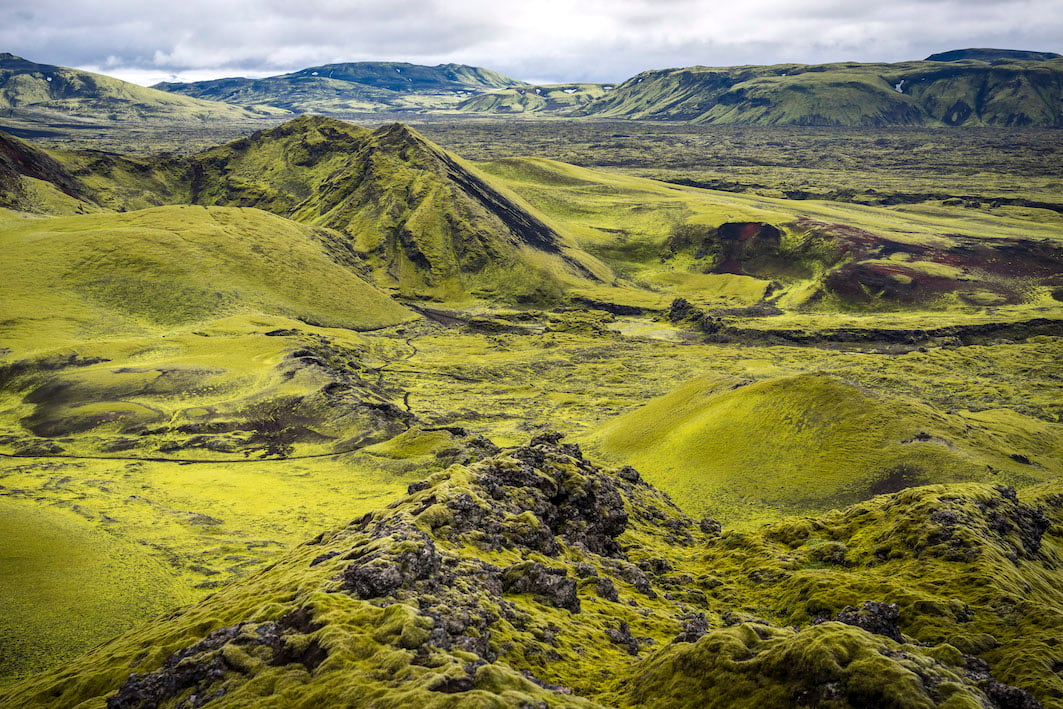
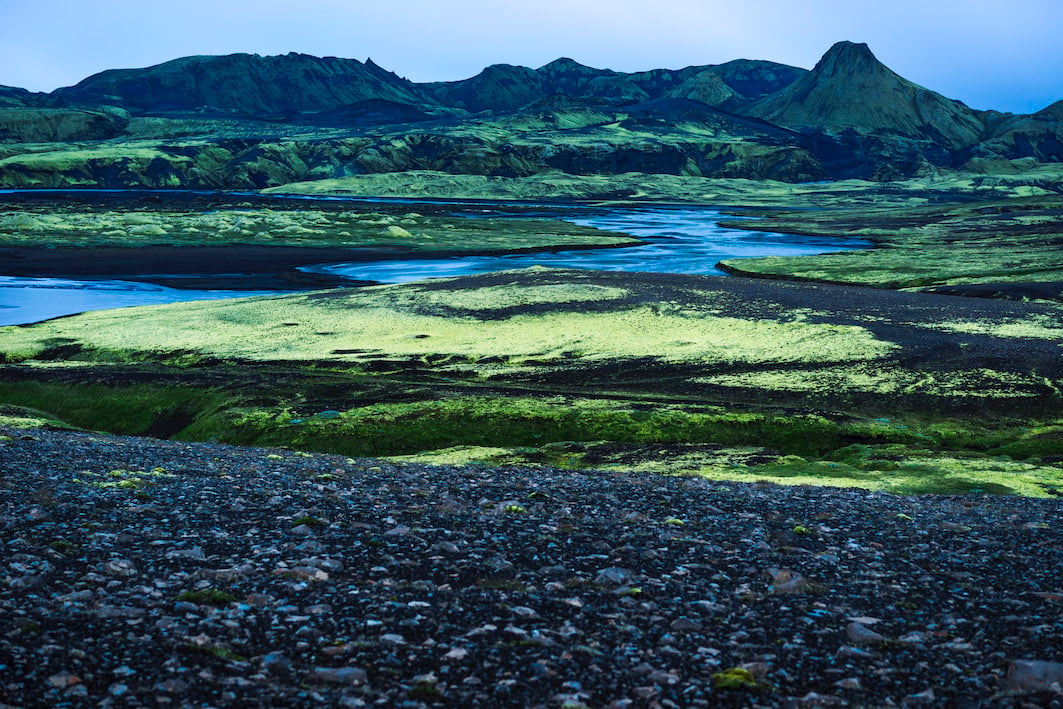
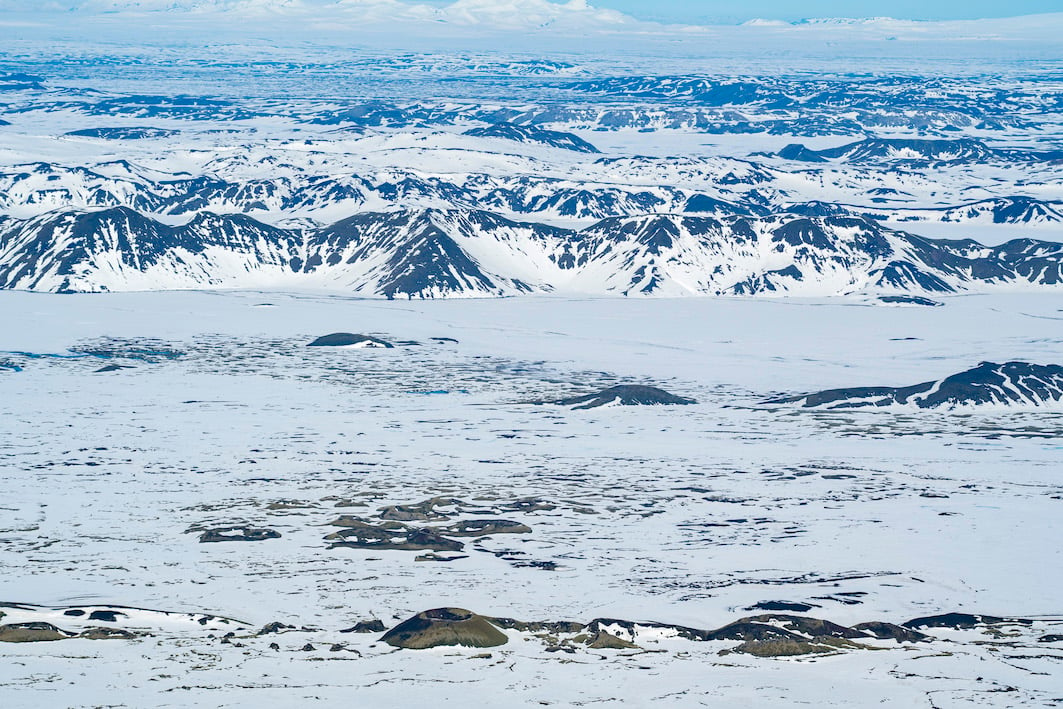
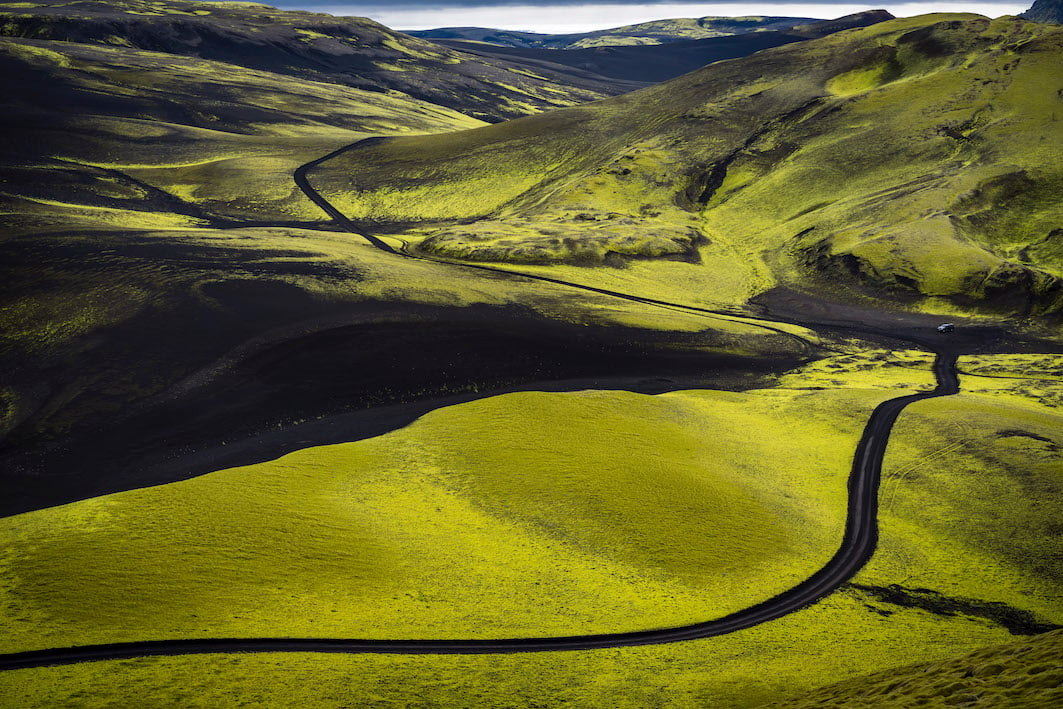
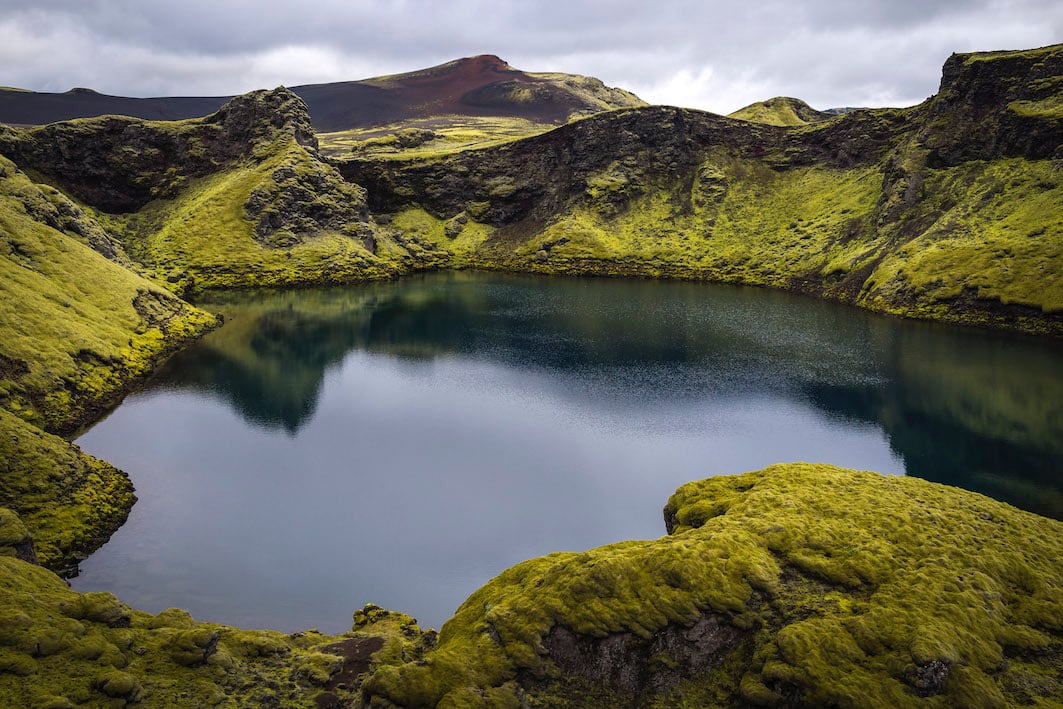
Laki 2019-2021 : A7R IV, A7R III : FE 1.2/50mm GM, FE 2.8/90mm G, FE 1.4/35mm ZA
Photos and text: Páll Stefánsson


